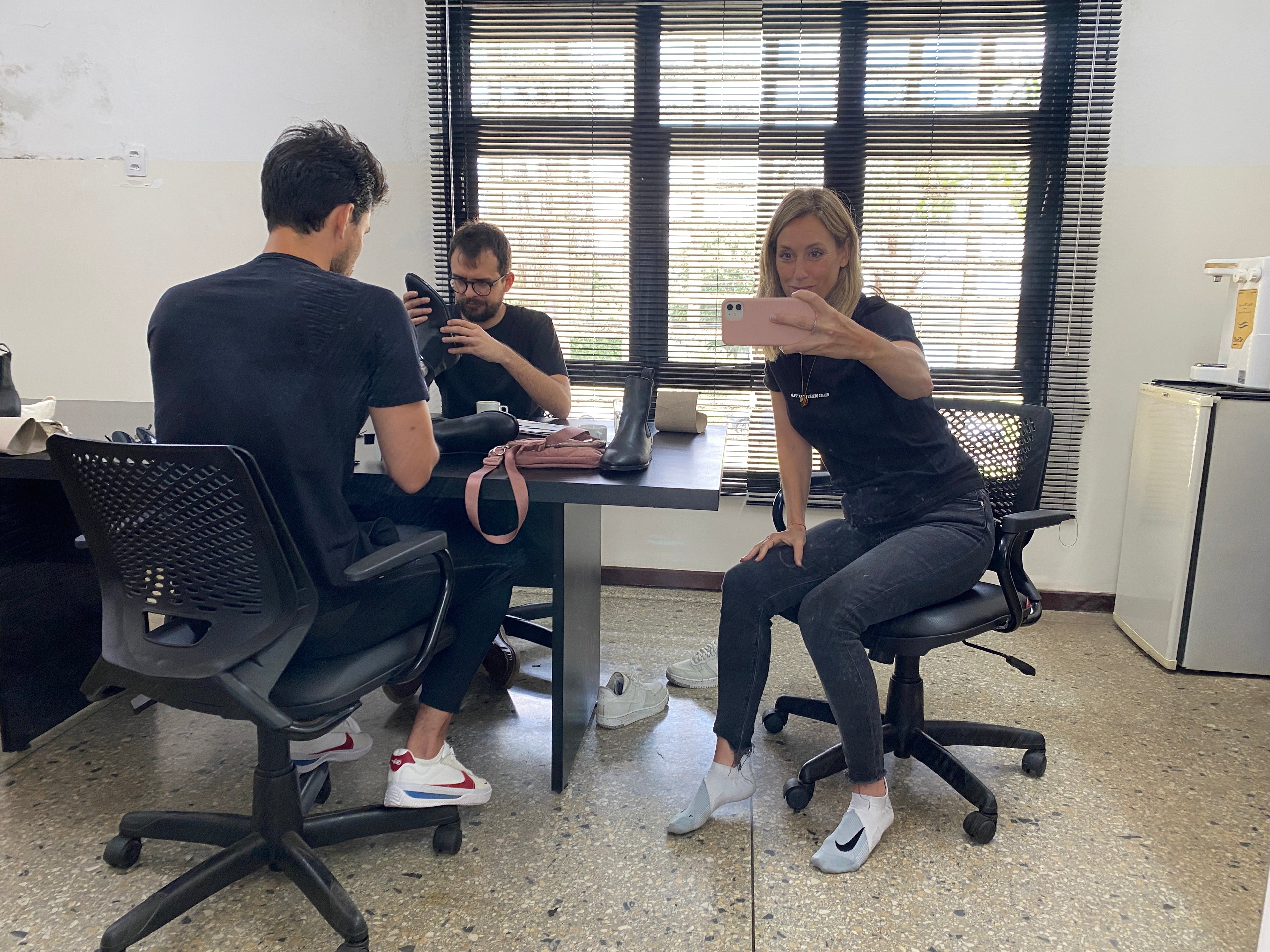https://www.youtube.com/watch?v=EAmCSg6rCRc&t=4s
Welcome to another episode of The Vegan Fashion Masterclass! As we covered previously, Leather has long been marketed as ‘natural’ and ‘luxurious,’ but what if I told you the future of fashion is not only cruelty-free but also more durable, sustainable, and innovative than ever before?
For Episode 4 of the Vegan Fashion Masterclass, where we’re diving into the cutting-edge world of next-generation vegan materials—designed to outlast traditional leather while protecting our planet! Traditional leather is one of the most resource-intensive materials in fashion. Producing just one leather bag requires over 17,000 liters of water, And the tanning process?
It releases millions of liters of toxic chromium and heavy metals into waterways, contaminating drinking water, harming ecosystems, and putting entire communities at risk. Not to mention the absolute inhumane slaughter of billions of animals every year.
Fortunately, innovation is changing everything. Scientists and designers have been working for years to develop sustainable, cruelty-free materials that are now disrupting the industry. Let’s break down some of the most exciting breakthroughs. Desserto® Cactus leather was one of the first, their leather made from the Nopal cactus plant uses 200 times less water than cow leather and requires zero toxic chemicals. Piñatex came in trailblazing with its innovative material made from pineapple leaf fibers, reducing agricultural waste while creating a durable, flexible, designer material.
Since their arrival, plant leather has been created from almost every fruit or vegetable you can think of, from apple, banana, grape, mango, mushroom, mycellium, corn and tomato to tea and even yerba. Although these plant leathers have pushed the boundaries for sustainability in fashion, they still contain varying degrees of bio PU and are not perfect. Breaking through barriers now is MIRUM® by Natural Fiber Welding. Mirum is the world’s first plastic-free alternative to leather made entirely from natural fibers. It's 100% biodegradable with a 95% lower carbon footprint compared to chrome tanned leather.
MIRUM® is a premium material made with NFW’s patented biocurative—a groundbreaking, nontoxic, plant-based alternative to conventional curing systems. Uncaged Innovations has developed a biotech approach to leather by leveraging the power of grains to replicate the structure of collagen in animal leather, they provide a sustainable, high-quality, and scalable next-generation option. Their proprietary material, Elevate offers unparalleled durability, exquisite texture, and a rich, sophisticated aesthetic that redefines what it means to be luxurious. With efficient production processes that are superior to standard leather production and by fusing natural colors into their material they’ve bypassed the traditional tanning process, eliminating toxic chemicals.
Modern Meadow has pioneered lab-grown biofabricated leather that is stronger and more sustainable than cowhide. With 91% less GHG’s emissions, 83% less water consumption, 75% less non renewable energy use, their materials are changing the game entirely. Big brands are already making the shift:
At Voes & Co – we’re making ethical, plant-based footwear with cactus leather and corn leather proving that style and sustainability can coexist. Stella McCartney – A pioneer in vegan luxury, created the world’s first-ever garments made from vegan, lab-grown Mylo™️ mushroom leather BMW & Mercedes-Benz – have been working with next-gen leather alternatives like Desserto and Mirum for eco-friendly car interiors. With the launch of their Stan Smith Mylo™ made from mycelium the root structure of mushrooms, Adidas took a major step forward toward their bold ambition to help END PLASTIC WASTE.
Sustainable fashion is no longer the future—it’s the present. And with brands leading the way, it's never been easier to choose innovation over exploitation.



